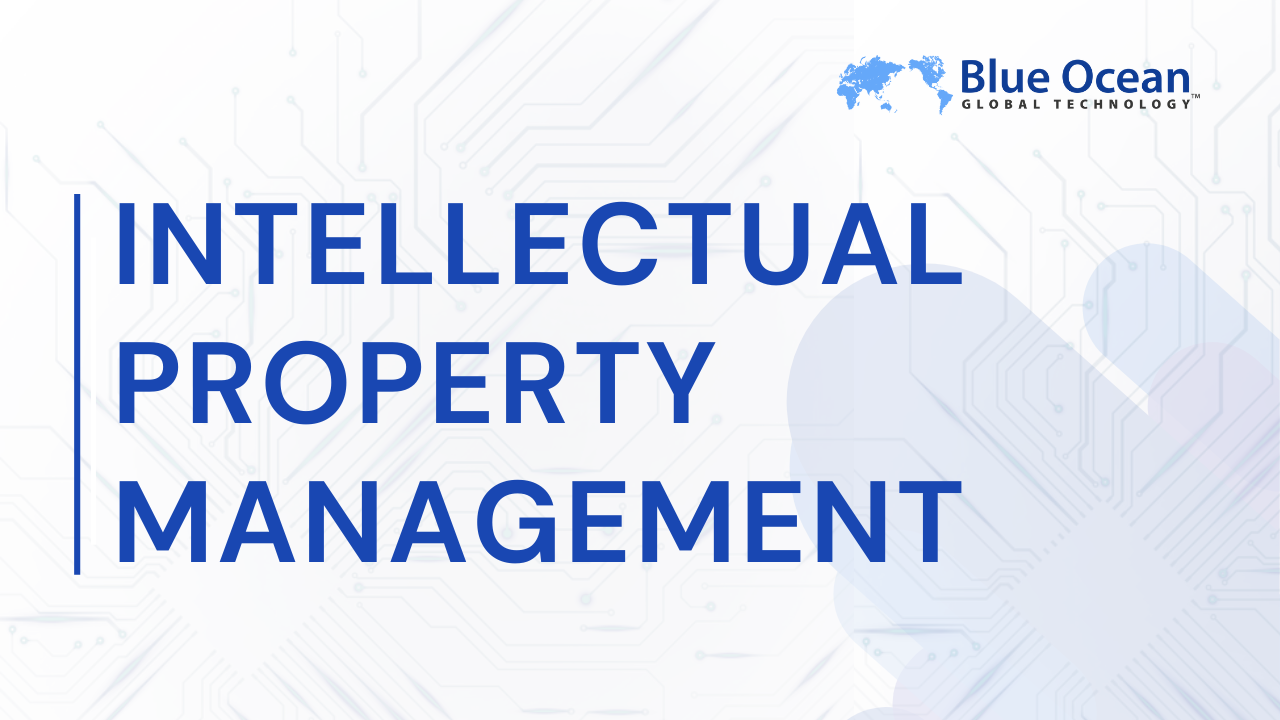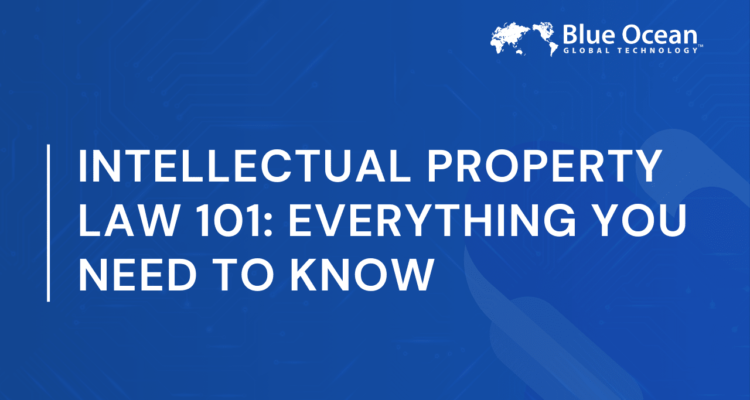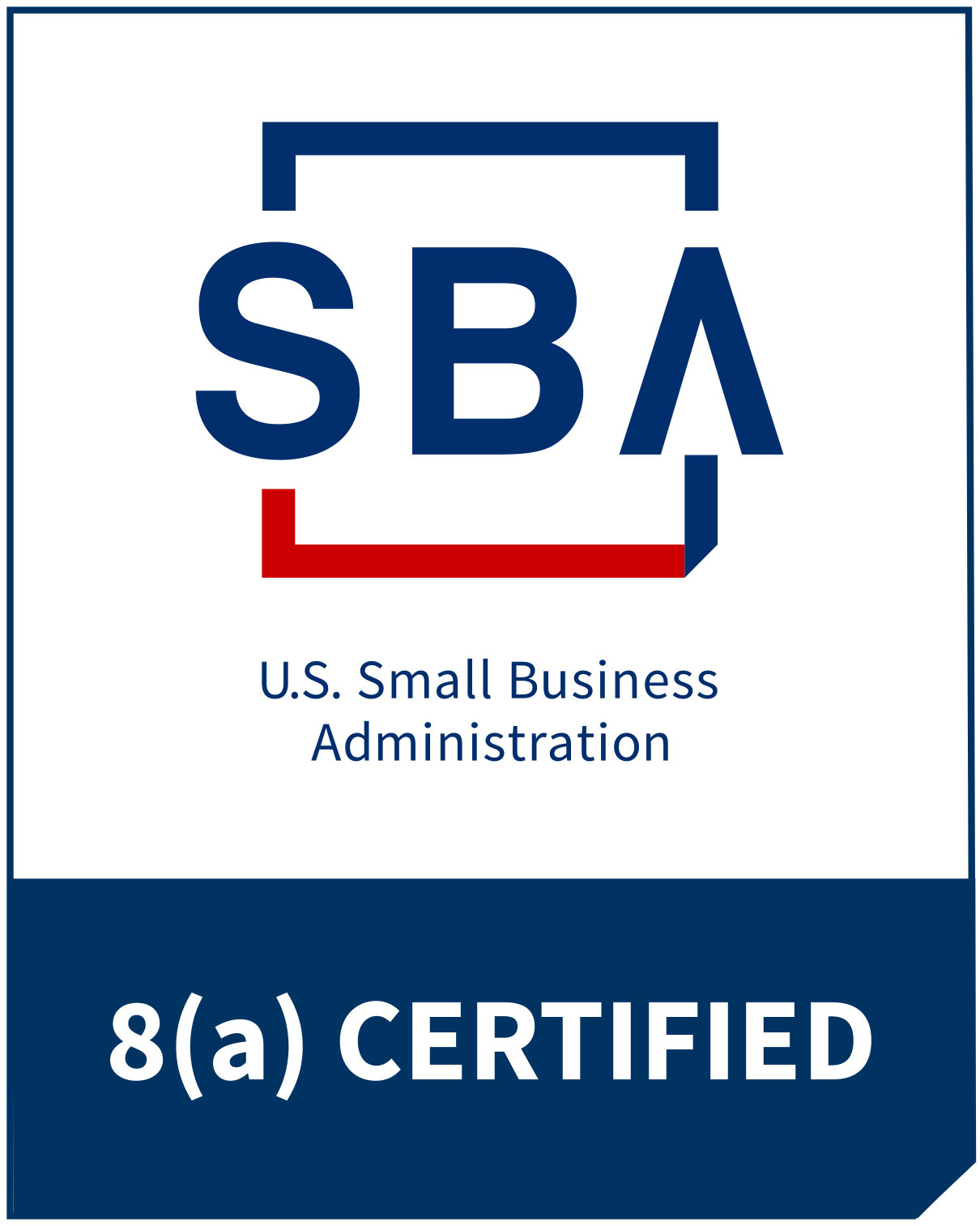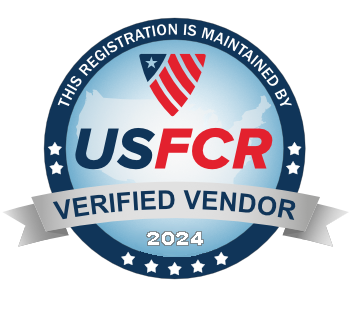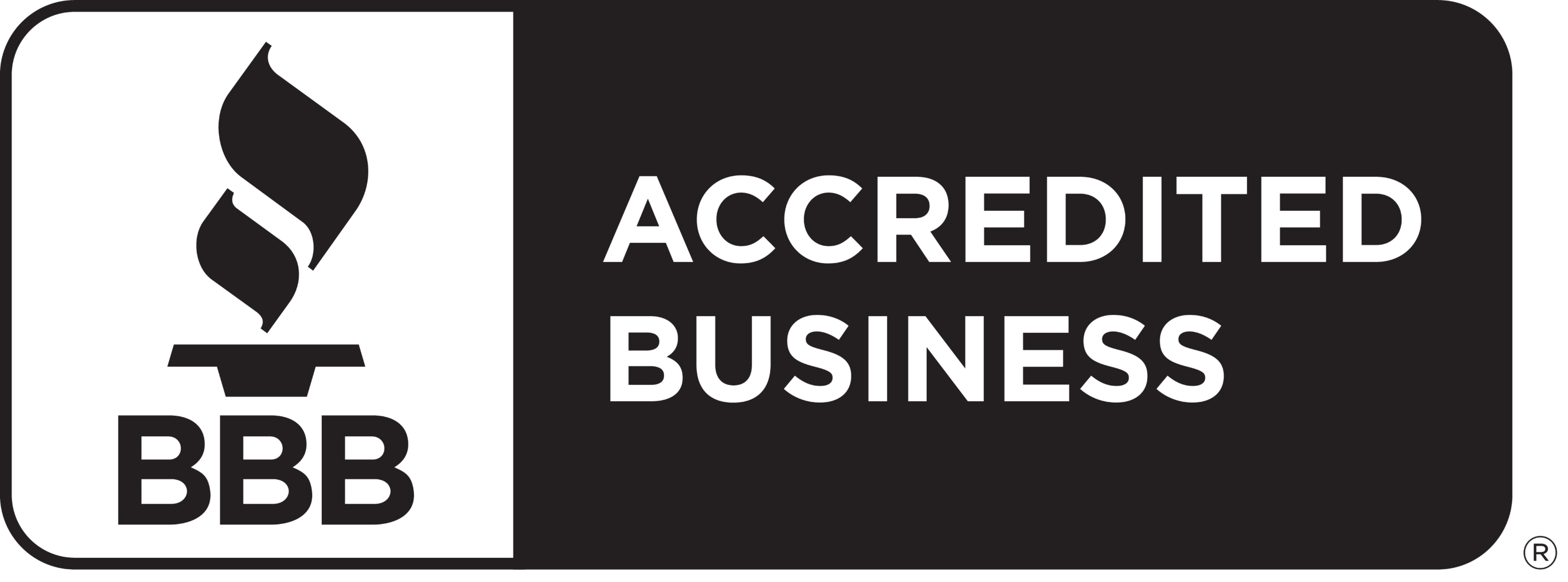Intellectual property management involves both the creations of one’s mind and their authorized use for commerce. It sparks the innovative side of business in congruence with its intricate corporate side. Intellectual property management is significant when it comes to the originality of company products and their valuations. In fact, without strategic management of their products, businesses face corporate chaos. These can be through conveying a “free-for-all” message that can lower profits by allowing competitors to infringe on intellectual property. The main sources of intellectual property management stem from the operations in which businesses engage and the roles the organizations play. These functions often include creating, selling, and protecting intellectual property to generate income and earn profit.
The Roles of Intellectual Property Management
First, no boundaries exist without actual legal protection that identifies an organization’s ownership of its intellectual property. An absence of such legal parameters negates any source of originality possessed by the true owners of the products or services. As a result, the owners of the intellectual property may never receive the credit they are due, neither respectfully nor commercially. These modes of protection fortunately exist through patents, copyrights, trademarks, and trade secrets.

Additionally, strategic financial planning is a way of effectively managing intellectual property. Companies may garner the interest of investors and potential business partners by presenting a strong case for new products. It ultimately depends on a company’s willingness to venture into the right markets, especially on a global scale. The active role here is finding the most ideal markets in which to sell. Thus, the role of protecting one’s property, along with selling it to generate income, eventually leads to commercial success.
The Process of Intellectual Management
There are four different stages in the process of creating and managing intellectual property. In its usual order, the process resembles the following: creation or identification, protection, commerce, and monitoring.
Creation and Identification
Creating intellectual property is only one aspect of how it will eventually gain attention and earn profit. The other lies in the recognition of intellectual property as the assets of a particular company. This means no one but the owners can use these assets or grant authorization to use them. The distinction separates intellectual property as one’s creation versus a company’s property that has acquired legal authorization for commercial use.
Protection
After identifying the originality of a product, companies must seek protection if they intend to sell it for revenue. As previously mentioned, there are four types of legal protection, specifically exclusive rights about legal measures of protection:
- patents, or authorized use of intellectual property for a certain amount of time that has been granted by the owner;
- copyrights, or the legal protection of original works from unauthorized use, particularly infringement;
- trademarks, recognized as visible signage on any intellectual property, marking its legal possession by an owner; and
- trade secrets, which are classified pieces of information used to create and manufacture intellectual property.
Commerce
Companies may go about monetizing, selling, optimizing, and licensing their intellectual property once they secure these exclusive rights. These help establish how intellectual property becomes a company’s means of commerce, their official products or services. This is because they all have the potential to earn income. Fundamentally, it all starts with the initial sale of a product and eventually results in profit. However, the process of managing these sales, revenue, and investments will solely depend on how a company monitors growth and changes.
Monitoring
Monitoring a company’s intellectual property means keeping close eyes on the legal status of its products. To do this, companies must have the necessary resources and the appropriate personnel to look out for legal concerns. Almost every business’s source of apprehension is the likelihood of infringement. As a violation of intellectual property rights and laws, infringement is equivalent to theft in the corporate sense. It involves the use of intellectual property without permission, which poses a significant risk to a company’s reputation and commercial success. In actuality, infringement represents only one of many challenges to intellectual property management.
Challenges to Managing Intellectual Property
Intellectual property management is a broad term that encapsulates everything from creating products to monitoring them. As a result, a wider scope of challenges to effective management can appear, such as the need for acquiring legal protection, dealing with laws and regulations, and adjusting business strategies as necessary.
Legality
Acquiring legal protection can be a complicated process because of the many factors that play into considerations of legitimate intellectual property. Owners must have the ability to identify their own innovations as entirely original works. This is a tedious process that often consumes valuable time. Owners need to research other art pieces to verify originality, assess whether their products are patentable, and confirm eligibility for copyrights. In many cases of infringement, an intellectual property expert witness can help resolve the case legally.

Another challenge involves compliance with various laws and regulations. At times, it may seem that one has covered all their bases. However, an accidental infringement case can jeopardize the integrity of operations. To avoid this, anyone involved in the company must document anything about their intellectual property rights. Owners must create and enforce policies that strictly align with intellectual property laws. It is also best that businesses avoid disputes if possible. Companies should be proactive in mitigating potential risk in the event a major dispute does transpire.
Copyrights
The main issue with copyrights is the simplicity by which unauthorized use occurs. There are limitations, even though copyrights do provide a broad extent of protection. This is due to a long list of assets used to create intellectual property to which anyone is entitled. Ideally, businesses will be prepared to gain authorization, make contacts, and attribute proper credit to other creators or volumes of work.
Trade Secrets
Lastly, managing trade secrets requires discipline among all company personnel. It commands a significant degree of trust to ensure trade secrets remain private information. Breaches of contract are the main obstacle to complete privacy within a company. This danger should urge owners to enforce strict policies regarding confidentiality and provide non-disclosure agreements to all employees.
Most Effective Ways of Mitigating Challenges
To counteract these challenges, the following are the most effective ways of properly managing intellectual property:
Strategizing
Strategic planning leads to improved decision-making, cost reduction, alignment with company objectives, and transparency with creators, owners, partners, etc. It also minimizes any potential risks, utilizes a value, and focuses on generating steady cash flow. Companies can assess their products and value more effectively by developing a strong intellectual property strategy. Simultaneously, they will know where they stand amid competition, giving them an edge and more leverage to grow.
Policies
In addition, company policies serve as reiterations of protection or authorization. They also supplement the creation process as a whole, such as maintaining trade secrets in manufacturing products. Policies will establish firm boundaries and standards by which company personnel must abide. Their purpose lies within the foundation of trust built by the company.
Valuation
In a more tangible realm, determining monetary worth both in the present and the future is the basic premise on which businesses thrive. To embrace this concept, there are multiple methods of evaluating intellectual property, consisting of:
- direct valuation, which is the value of income that is generated from direct ownership of the property;
- future valuation, which assesses the potential of generated income based on the future benefits it could provide owners;
- other methods of valuation, which include the income method, cost method, and market method

Income Method
The income method, as the most common approach towards valuation, looks at expected income the product will generate based on its current value and desire, particularly because of intangible assets such as originality and types of protection.
Cost Method
Conversely, the cost method determines an intellectual property’s value based on other products of similar quality and what they cost. This strategy is more suitable for intellectual property whose future costs and benefits are not easily quantifiable.
Market Method
Lastly, the market method is a strategy that relies on transfer prices. These are the prices of similar intellectual property assets in consideration of how other products should be evaluated. In any case, companies will choose a method of valuation that is the most appropriate for their assets. Not all products will fare the same in various markets, nor will they have similar prices.
Legal Services to Protect Your Innovations
Seek legal advice from experts at Blue Ocean Global Technology and navigate through Intellectual Property Management.
Understanding Intellectual Property Management as a Whole
The most comprehensive strategies are knowing all the risks and adhering to intellectual property rights, laws, and company policies. Companies must manage their intellectual property by protecting what is rightfully theirs. This is how they will evolve as businesses and thrive among competition. They must also perform minor duties such as hiring attorneys, drafting contracts, and negotiating, leading to balance and structure.
Reiterating the importance of intellectual property management is a strategy of protection. Businesses want to avoid legal trouble as it ultimately does not matter which side of it they are on. Either way, legal action is a major setback to conducting business productively and efficiently. Once this line is crossed, a snowball effect can occur. This can be explained as legal action affects production. Further, production affects commerce which then affects the company’s profit and reputation.
At the point of a damaged reputation, it becomes a rabbit race to rebuild and re-establish itself as a credible source of business. Companies will need to heavily depend on the stability and protection of their products to avoid this wreckage. This is possible through intellectual property management before any form of litigation transpires.
Frequently Asked Questions
1. How do I go about registering intellectual property and protecting my creations?
You can submit original works for copyright, patent, or trademark protection to either the U.S. Copyright Office or the U.S. Patent and Trademark Office (USPTO). You can do this by filing an application comprising a written claim of ownership, a declaration, and examination fees.
2. What is the hardest part of managing intellectual property?
The most complicated aspect of intellectual property management is covering one’s bases through proactive monitoring. This includes strategic planning, staying informed regarding regulations, ensuring the protection of works, record-keeping and documentation, and continuously innovating.
3. What happens if someone steals or uses my intellectual property without permission?
Unauthorized use of protected intellectual property may have serious consequences. If theft occurs, owners may exercise their intellectual property rights to take legal action. In this case, offenders are subject to lengthy court cases, hefty fines, license suspension, or imprisonment.
Protect Your Intellectual Property with Right Insights
Secure your innovation today. Learn all about Intellectual Property Management and mitigate challenges.

